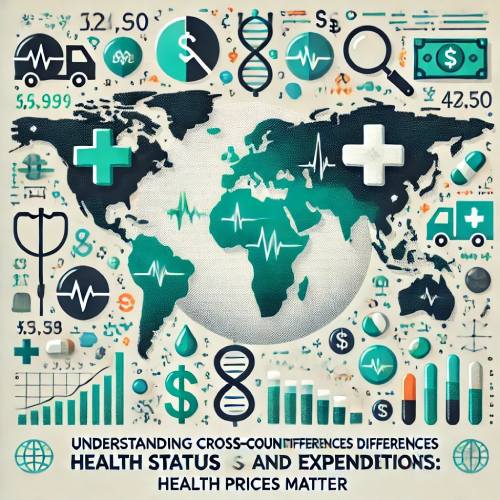Peptide-based hydrogels are of interest to biomedical applications. Herein, we have explored the introduction of fluorinated amino acids in hydrogelator H-FQFQFK-NH2 (P1) to design a series of fluorinated peptide hydrogels and evaluate the in vitro and in vivo properties of the most promising analogues. The impact of fluorinated groups on peptide gelation, secondary structure, and self-assembly processes was assessed. We show that fluorine can significantly improve hydrogel stiffness, compared to the nonfluorinated reference P1. For P15 (H-FQFQF(o-CF3)K-NH2), P18 (H-FQFQF(F5)K-NH2), and P19 (H-FQFQM(CF3)K-NH2), microscopy studies scrutinized fiber morphologies and alignment in the network. In vitro release studies of hydrogels loaded with an opioid cargo suggested improved hydrogel stability for P15 and P18. This improved stability was further validated in vivo, notably for P15, giving the most significant increased gel residence time, with more than 20% of hydrogel still present 9 days post-injection, as monitored by nuclear SPECT-CT imaging.
hal-04782661
DOI: 10.1021/acs.biomac.4c00872
Aurélie Honfroy1,2,3,4, Jolien Bertouille1, Ana-Maria Turea1, Thibault Cauwenbergh1, Jessica Bridoux2, Nathalie Lensen,3,4, Jessica Mangialetto,5 Niko Van den Brande,5 Jacinta F. White,6 James Gardiner,6 Thierry Brigaud3,4, Steven Ballet1*, Sophie Hernot2*, Grégory Chaume3,4*, Charlotte Martin1*
Corresponding Authors
*Steven Ballet: steven.ballet@vub.be
*Sophie Hernot: sophie.hernot@vub.be
*Grégory Chaume: gregory.chaume@cyu.fr
*Charlotte Martin: charlotte.martin@vub.be
Affiliated/Collaborating Laboratories:
1 Research Group of Organic Chemistry (ORGC), Vrije Universiteit Brussel, Pleinlaan 2, B-1050 Brussels, Belgium.
2 Molecular Imaging and Therapy Research Group (MITH), Vrije Universiteit Brussel, Laarbeeklaan 103, 1090 Jette, Belgium.
3 BioCIS UMR 8076, CY Cergy Paris Université, CNRS, 95000 Cergy-Pontoise, France.
4 Université Paris-Saclay, CNRS, BioCIS UMR 8076, 91400 Orsay, France.
5 Research group Sustainable Materials Engineering (SUME), lab of Physical Chemistry and Polymer Science (FYSC), Vrije Universiteit Brussel, Pleinlaan 2, B-1050 Brussels, Belgium.
6 CSIRO Manufacturing, Bayview Avenue, Clayton, VIC 3169, Australia.
Link to the Laboratory’s Page :
BioCIS Laboratory
https://orgc.research.vub.be/
Funding:
CY Initiative for their financial support through the EUTOPIA - PhD co-tutelle program 2020 (EXPLORE, 2020-166).
CY Initiative of Excellence (grant « Investissements d’Avenir » ANR-16-IDEX-0008)
Research Council of VUB for the financial support through the Strategic Research Programme (SRP50 and SRP95)
Wetenschappelijke Onderzoeksgemeenschap (WOG) “Supramolecular Chemistry and Materials” of the Research Foundation Flanders (FWO-V).
Research Foundation – Flanders (FWO-Vlaanderen) (junior postdoctoral fellowship (1203524N)).
© Aurélie Honfroy and Biorender, 2024

